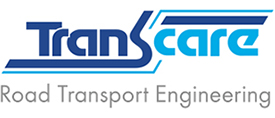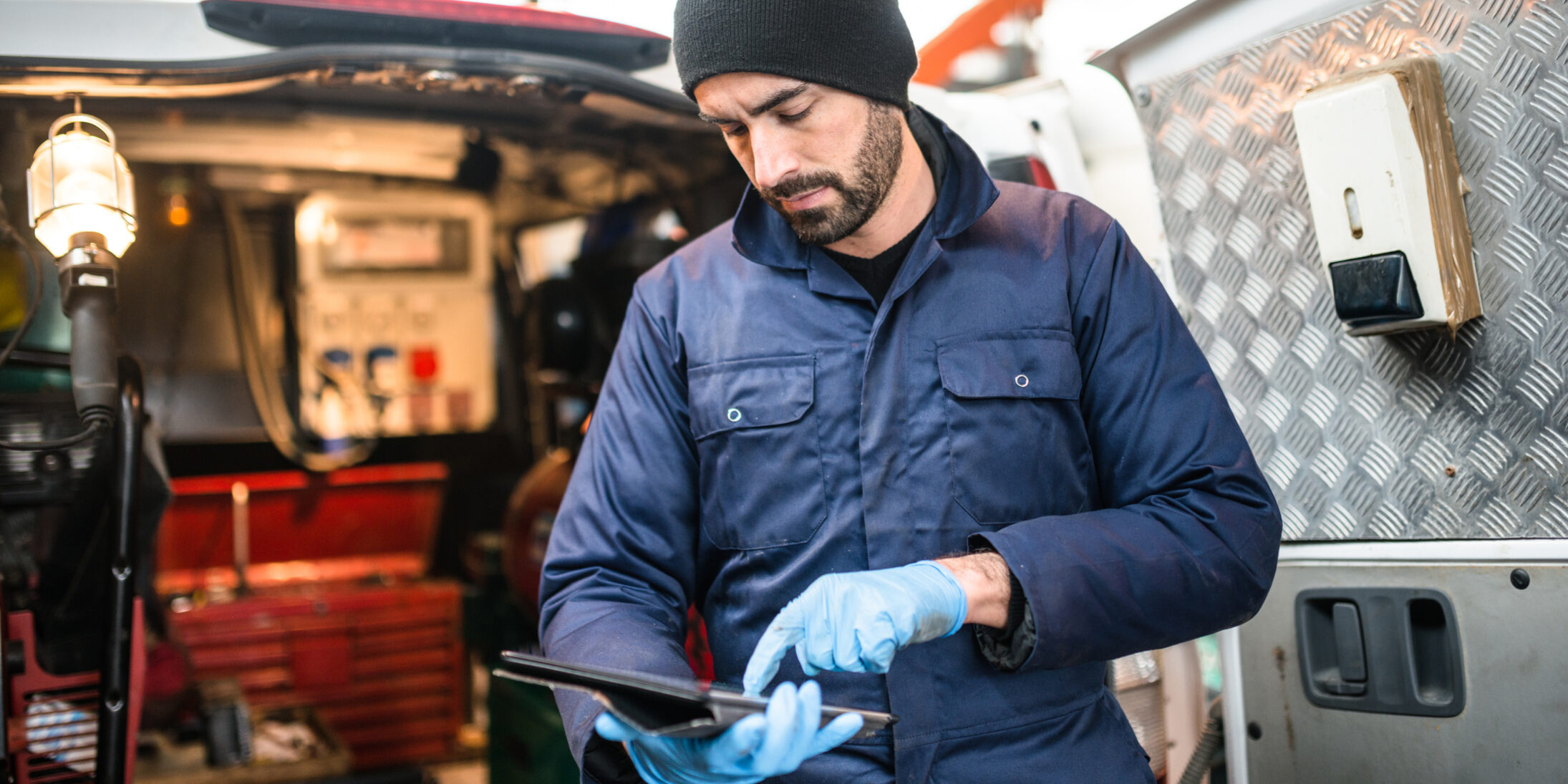Tail lifts are key components of truck loading equipment designed to attach to courier vans for efficient loading and unloading of heavy goods. Regular maintenance and repairs are an essential part of tail lift care that ensures their longevity and proper functioning.
Read on to learn more about the importance of tail lift maintenance, going into depth on the required maintenance checks and most common repair procedures.
The Importance of Tail Lift Maintenance
Regular maintenance is crucial for keeping your tail lift in optimal condition. These maintenance tasks can be divided up into checks that should be carried out daily, routine upkeep and comprehensive annual inspections.
Daily Checks
Each day, start by inspecting the hydraulic system for any signs of leaks. Leaks can lead to poor lift performance and cause safety hazards. Also, examine moving parts for signs of wear, as worn components can cause malfunctions or damage other parts of the lift. Finally, inspect the electrical components like connections and controls for issues that could disrupt the lift’s operation and pose safety risks.
Routine Maintenance
Regularly monitor and top up hydraulic fluid to ensure they are at required levels. Lubricate moving parts to reduce friction and wear, which extends the lifespan of the components. It’s also essential to replace any worn or damaged parts early to prevent minor issues from becoming major problems or dangers.
Annual Inspections
Under LOLER (Lifting Operations and Lifting Equipment Regulations), annual inspections are mandatory. These inspections are necessary to ensure that your equipment remains safe and complies with legal standards. These inspections must be carried out externally by an accredited tail lift inspector.
Tail Lift Repairs
Despite the best maintenance efforts, tail lifts are susceptible to wear and tear, which requires fast repair work to ensure tail lift vehicles remain safe and efficient.
Hydraulic Leaks
Hydraulic leaks can reduce lift performance and create safety hazards. Quickly identify and fix leaks by replacing damaged seals, hoses or fittings and refilling hydraulic fluid to maintain proper function.
Platform Issues
Warped or damaged platforms can compromise loading and unloading. Repair or replace damaged platforms to ensure they are correctly aligned and functional for safe raising and lowering.
Electrical Malfunctions
Electrical issues like faulty controls or wiring can pose a safety risk to lift operators. Diagnose and repair electrical faults by securing connections and replacing components to ensure safe use.
Structural Repairs
Structural damage, including issues with the frame or hinges, can affect lift integrity. Inspect or reinforce damaged structures to maintain the lift’s strength and stability.
Safety Systems
Malfunctions in safety systems can jeopardise worker safety. Faulty safety features, such as emergency stops and load sensors, must be repaired to ensure they function correctly and meet safety standards.
Transcare – For All Your Tail Lift Care Needs
At Transcare, we are your trusted partner for tail lift maintenance and repairs. With expertise in servicing and fixing all types of tail lifts, we ensure your equipment runs smoothly and safely.
Contact us today to learn more about our reliable, efficient solutions and experience our top-quality services and fleet support.








